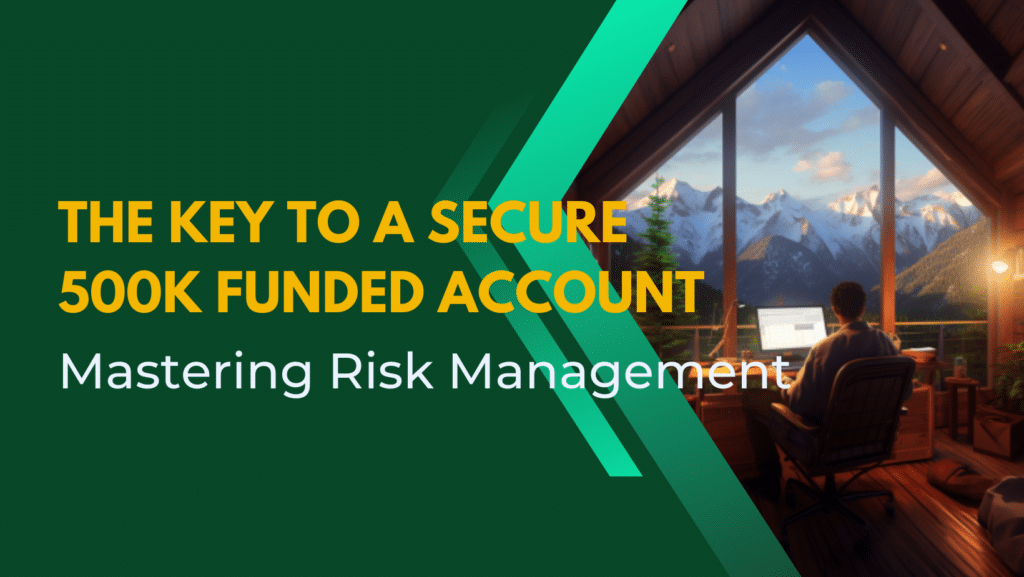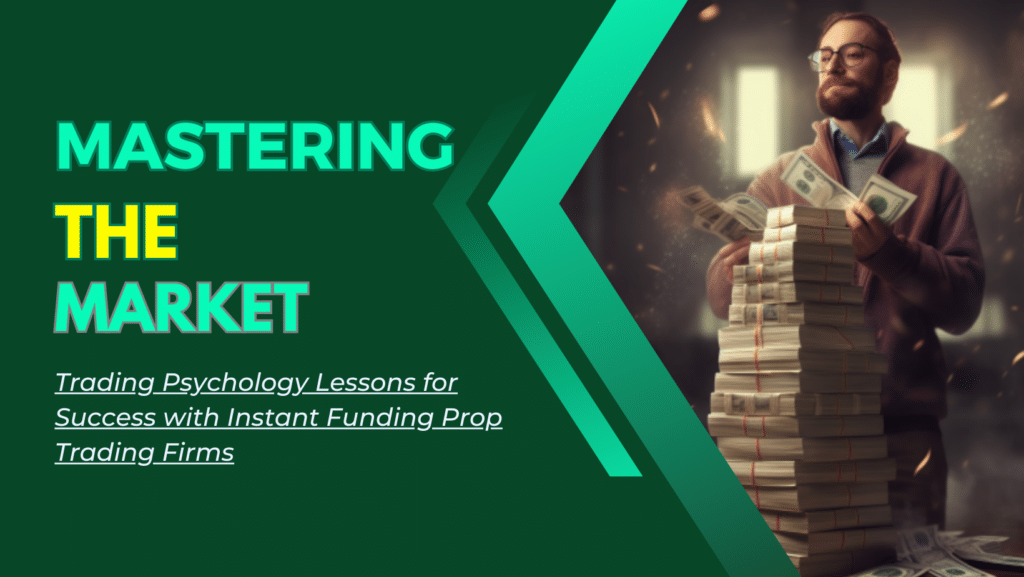Speculative Risk

What Is Speculative Risk?
Speculative risk is a category of risk that, when undertaken, results in an uncertain degree of gain or loss. In particular, speculative risk is the possibility that an open position will not appreciate in value. Speculative risks are made as conscious choices and are not just a result of uncontrollable circumstances. Since there is the chance of a large gain despite the high level of risk, speculative risk is not a pure risk, which entails the possibility of only a loss and no potential for gains.
Almost all financial markets activities involve some degree of speculative risk, as an trader has no idea whether the position will be a blazing success or an utter failure. Some assets—such as stocks —carry a combination of risks, including speculative risk, that can be hedged or limited.
Speculative risk refers to price uncertainty and the potential for losses in investments.
Assuming speculative risk is usually a choice and not the result of uncontrollable circumstances.
Pure risk, in contrast, is the potential for losses where there is no viable opportunity for any gain.
Trading in stocks, and buying junk bonds are some examples of activities that involve speculative risk.
Understanding Speculative Risk
A speculative investment is one where the fundamentals do not show immediate strength or a sustainable business model. Instead, the trader expects that the price may rise due to other reasons, or that future prospects will outshine the present circumstances. Such a security may have a high level of possible upside but also a great deal of risk. This may be a penny stock or an emerging market stock that the trader expects to become much more favorable in the future.
Some investments are more speculative than others. For example, investing in government bonds has much less speculative risk than investing in junk bonds because government bonds have a much lower risk of default. In many cases, the greater the speculative risk, the higher the potential for profits or returns on the investment.
A speculative risk has the potential to result in a gain or a loss. It requires input from the person looking to assume the risk and is therefore entirely voluntary in nature. At the same time, the result of a speculative risk is hard to anticipate, as the exact amount of gain or loss is unknown. Instead, various factors—such as company history and market trends when buying stocks—are used to estimate the potential for gain or loss.
Speculative Risk vs. Pure Risk
In contrast to speculative risk, pure risk involves situations where the only outcome is loss. Generally, these sorts of risks are not voluntarily taken on and, instead, are often out of the control of the investor.
Pure risk is most commonly used in the assessment of insurance needs. For example, should a person damage a car in an accident, there is no chance that the result of this will be a gain. Since the outcome of that event can only result in a loss, it is a pure risk.
Examples of Speculative Risk
Most financial investments, such as the purchase of stock, involve speculative risk. It is possible for the share value to go up, resulting in a gain, or go down, resulting in a loss. While data may allow certain assumptions to be made regarding the likelihood of a particular outcome, the outcome is not guaranteed.
Trade Smart!











Great content right there 😎
Thank you @Laurenz